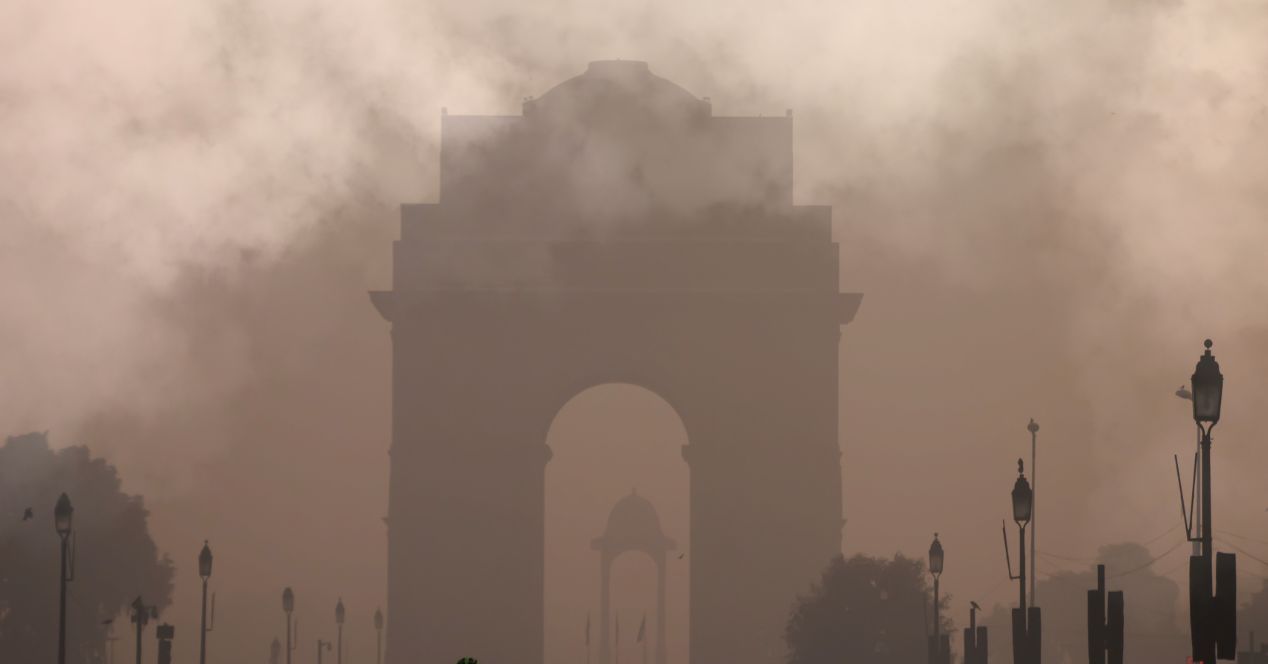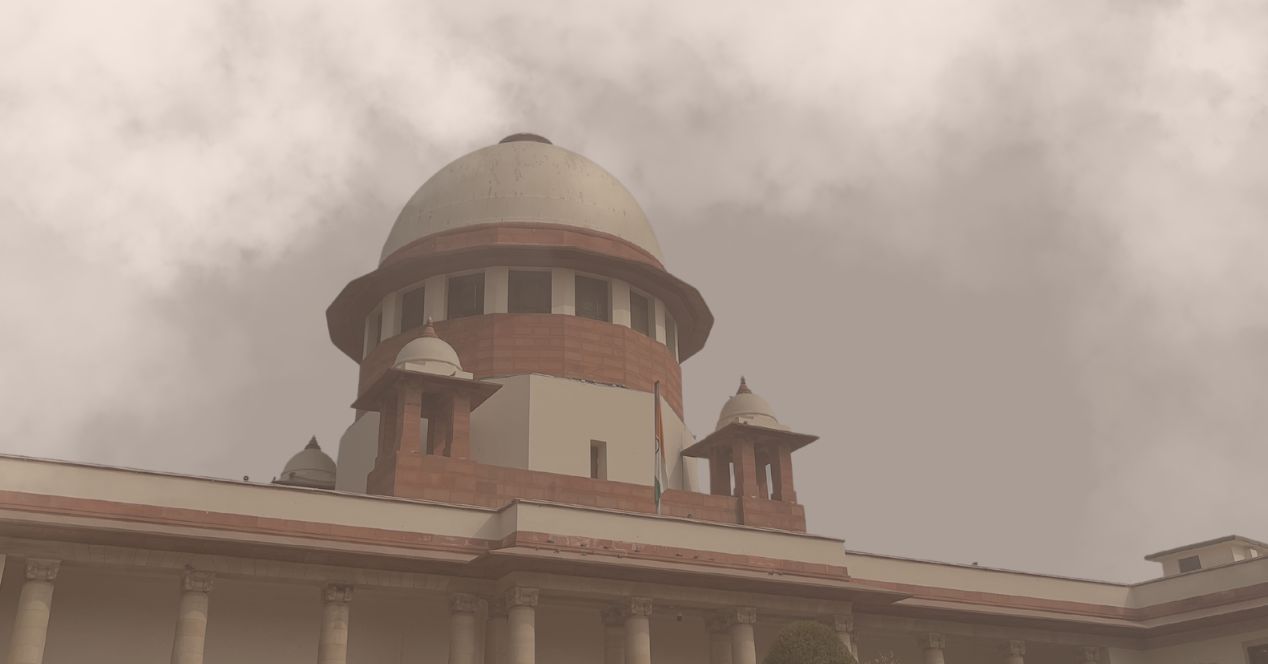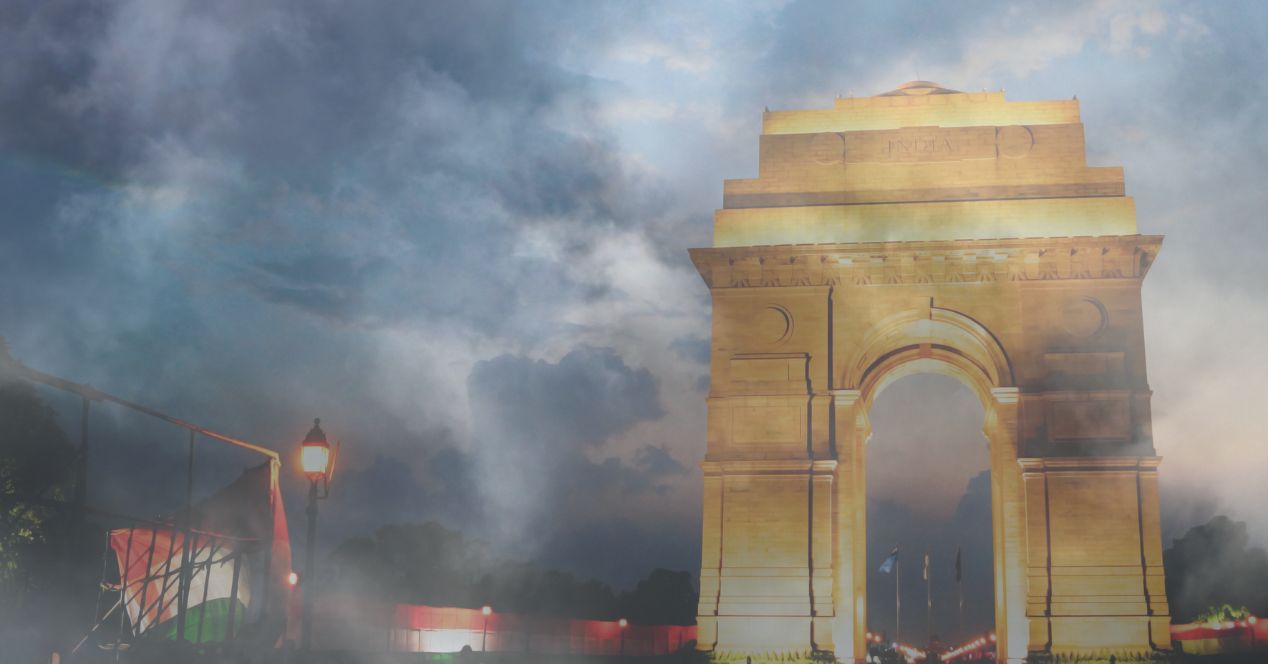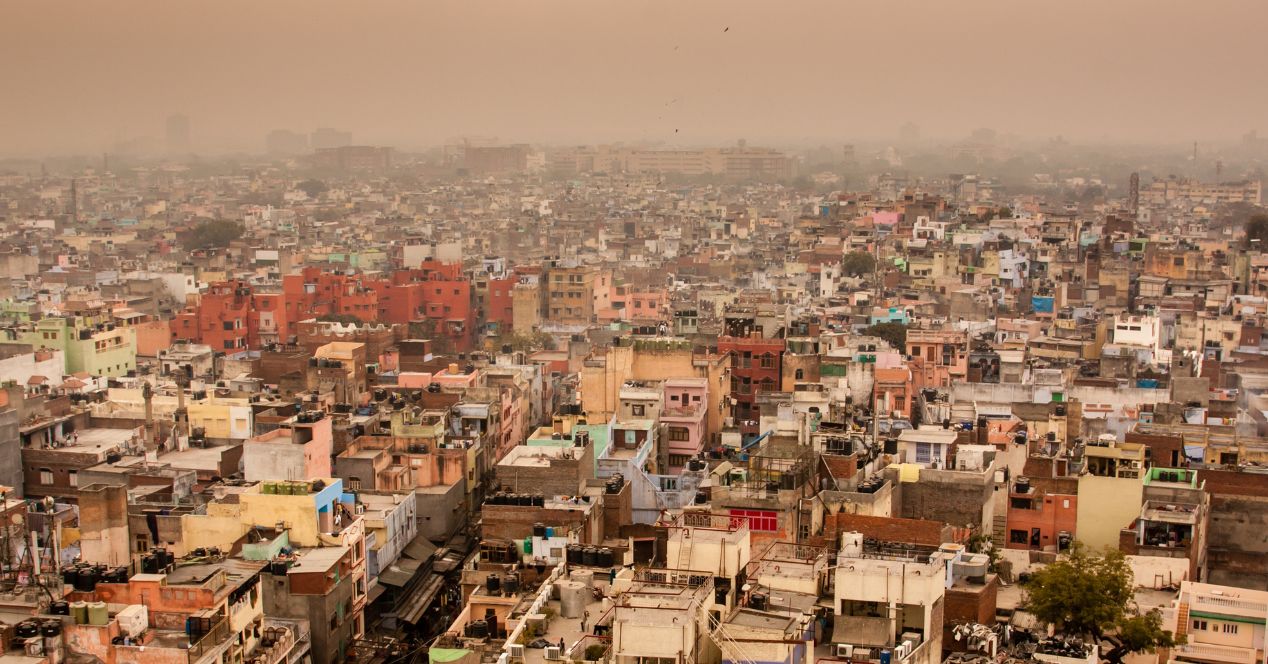Analysis
Delhi Pollution Crisis | Supreme Court flags inconsistencies in rules for colour-coded stickers on vehicles
As the Court continues evolving its expansive monitoring of the pollution in Delhi, its focus is now on emissions from vehicles
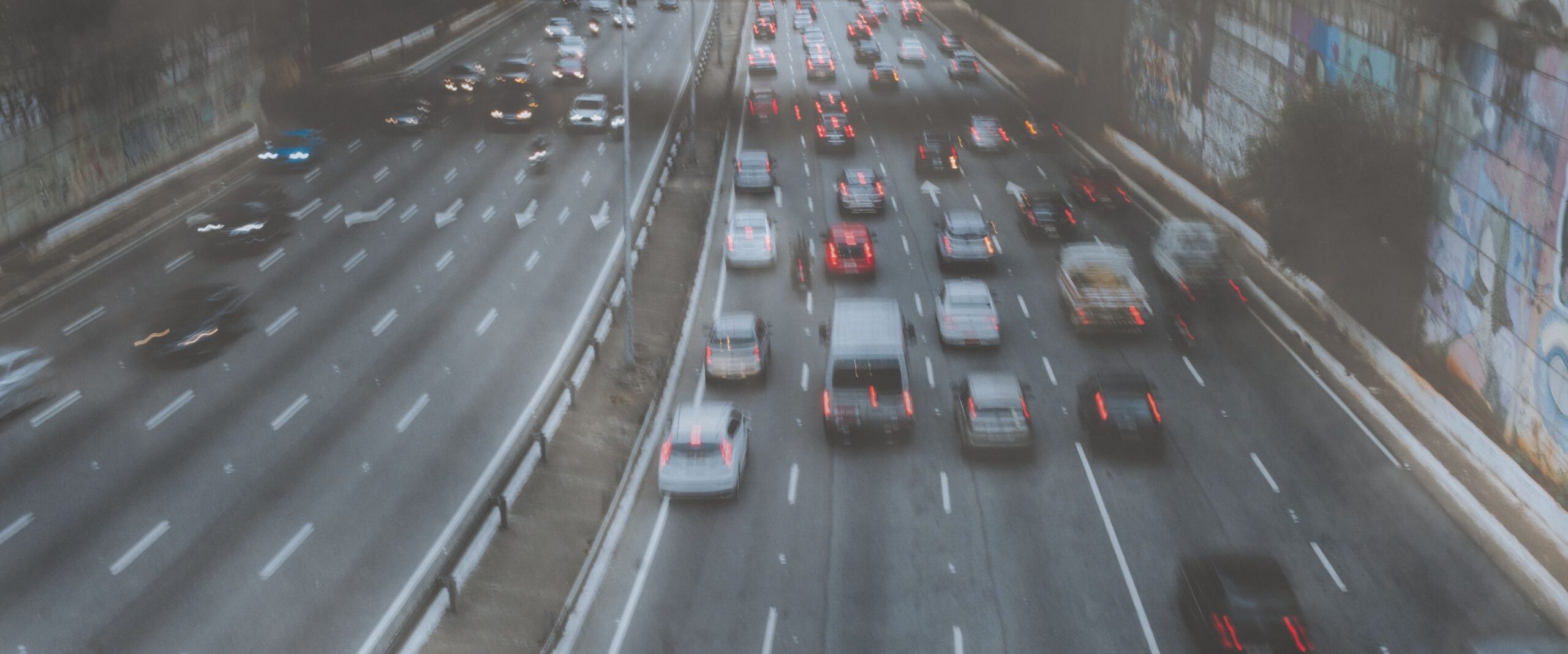
On 3 January 2025, a bench of Justices Abhay S. Oka and A.G. Masih took note of the inconsistencies in implementing provisions mandating colour-coded stickers for petrol, diesel and other vehicles in the National Capital Territory of Delhi (NCTD). The bench has been monitoring the Delhi air pollution case since November 2024. Initially, the Court’s directions were focused on bringing down the air quality levels in the NCTD. Last month, the bench’s efforts ventured into finding long-term solutions to combat the pollution crisis. These efforts included preventive actions such as curbs on vehicular emissions, industrial waste and solid waste management.
No uniformity in laws on colour-coded stickers
Colour-coded stickers, also called ‘third registration marks,’ are stickers attached to vehicle windshields that denote the type of fuel consumed and emissions produced by the vehicle. They are self-destructive and chromium-based hologram stickers. Orange stickers indicate diesel vehicles, light blue indicates petrol and Compressed Natural Gas, and green stickers indicate Bharat Standard VI emission norms. The Supreme Court highlighted significant concerns with uniformity in rules applicable in NCTD and non-NCTD states that mandate compliance with colour-coded stickers.
In an order passed in 2018, the top court had mandated the use of hologram-based stickers in the NCTD. It also indicated the colour codes for each fuel type. In December 2018, the Ministry of Road Transport and Highways issued a notification which brought out the Motor Vehicle (High-Security Registration Plates) Order, 2018 mandating the use of hologram stickers in compliance with the Court’s order. The order laid out specifications for affixing High-Security Registration Plates (HSRP) and the third registration marks. HSRPs are tamper-proof number plates for vehicles, designed to be difficult to counterfeit.
On 3 January the Court focused on provisions which enforced colour-coded stickers in other states. “Please show [us] a simple rule that it is made mandatory to affix colour code stickers for all vehicles which are on [the] road which are already registered on the date of rules,” Justice Oka asked rhetorically, answering himself, “There is no such rule. There is no such rule at all. We have to pass that order now.”
Counsel for one of the state governments pointed out that Rule 50(1)(iv) of the Central Motor Vehicles Rules, 1989 dealt with the use of third registration marks. The Rule lays down that a chromium-based hologram sticker shall be affixed on the vehicle supplied by the registration authority or the vehicle manufacturer and their dealers. However, the Court noted that there were inconsistencies in the existing scheme of provisions between the NCR and other states. “Therefore, [now] either earlier order will have to be modified or direction will have to be issued to implement Rule 50(1)(iv). One of the two things will have to be done. It can’t be both.”
On the question of implementation, the amicus curie, Senior Advocate Aparajita Singh informed the bench that states have been complying with the enabling provision under the 1989 Rules. On 4 November 2024, the Court had ordered all NCR states to submit compliance affidavits within a month. It had also instructed the Ministry of Road Transport and Highways (MoRTH) to convene with transport secretaries and commissioners from other states and union territories to assess the nationwide implementation of these stickers. However, the bench noted that the compliance affidavits submitted by the states dealt only with the HSRP, and not with specific compliance to Rule 50(1)(iv), compliance information on which was still needed. “HSRP is different. That includes now the third registration. So, therefore, we want compliance with rule 50 (1)(iv).”
The bench questioned whether the existing order for the NCR region could override the rules. The judges noted that several of the orders passed by the court, by the Ministry of Road Transport and Highways and the provision under the existing 1989 Rules operate in the same field. “We will have to pass a severe order to be implemented across India,” Justice Abhay Oka remarked, “Because these rules came into being after the court’s order. So, let us examine the order, the rules and the act and give a concrete picture to the court.” The bench indicated issuing a directive to ensure compliance with Rule 50(1)(iv) for vehicles registered between 26 March 1993, and 1 April 2019, along with implementing the HSRP order for vehicles registered after 1 April 2019.
“Passing these orders will not serve any purpose,” Justice Oka noted while emphasising the need to address existing inconsistencies. He further inquired why a similar authority, like the Commission for Air Quality Management in NCR, could not be established in other major cities across India.
As the hearing came to a close, the bench noted that colour coding was vital to aid in the implementation of anti-pollution policies such as the GRAP IV. The Court directed the ASG Aishwarya Bhati, the amicus and the states to address the bench after examining the relevant laws and rules to ensure that a proper order is passed in the matter. The case will be heard on 15 January 2025.
Ajitesh is an intern at the Supreme Court Observer for the month of January 2025.

